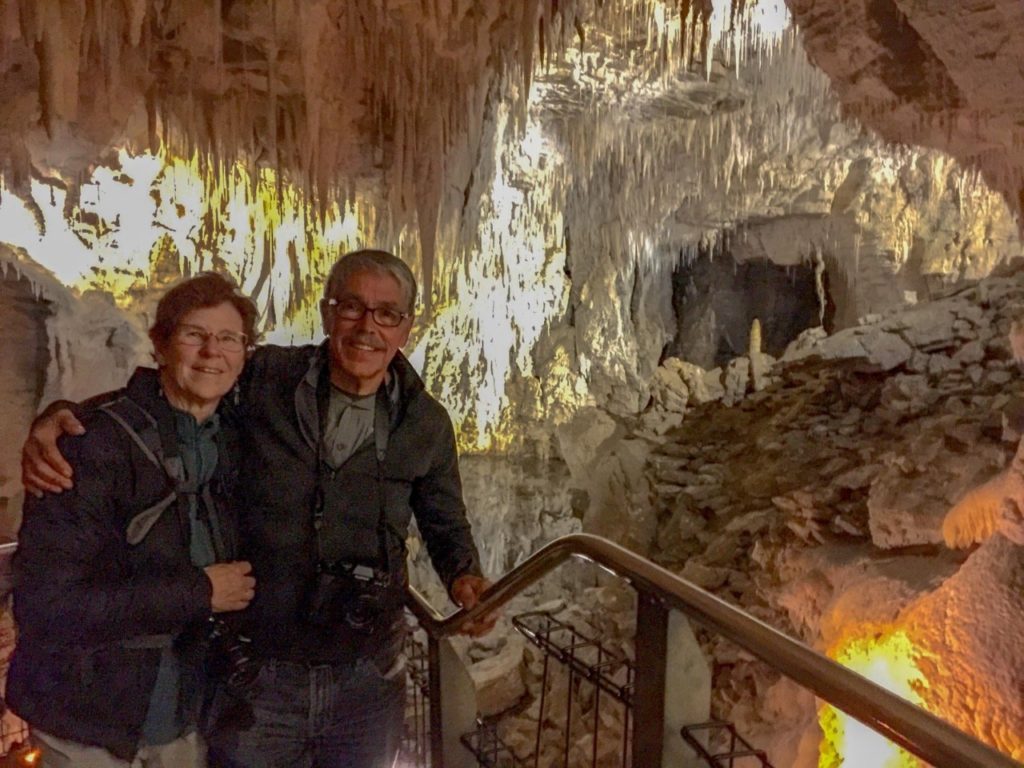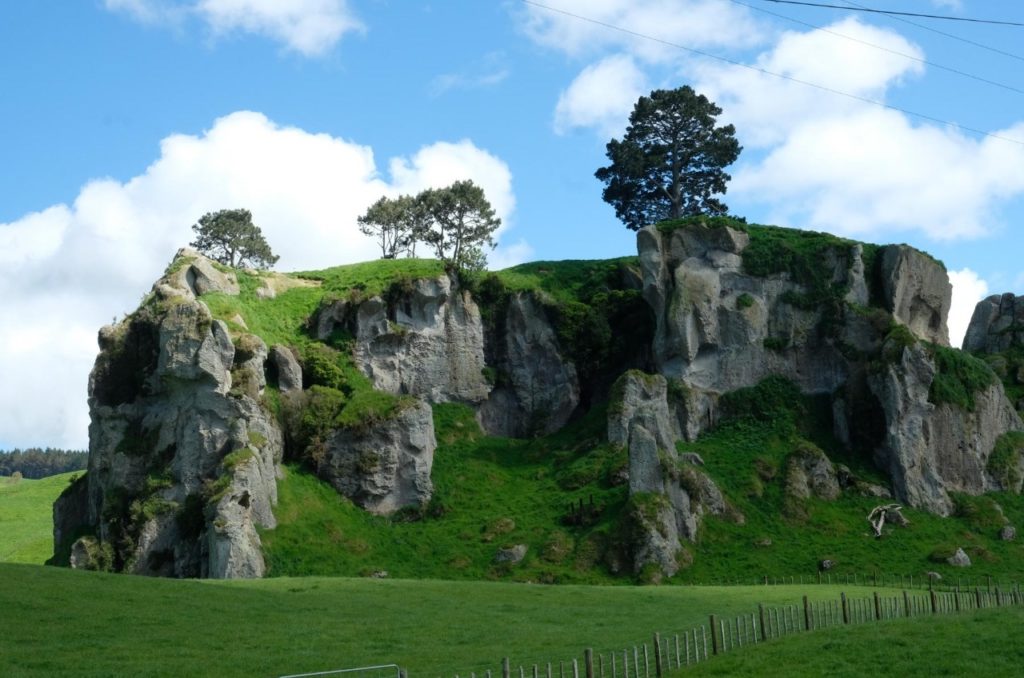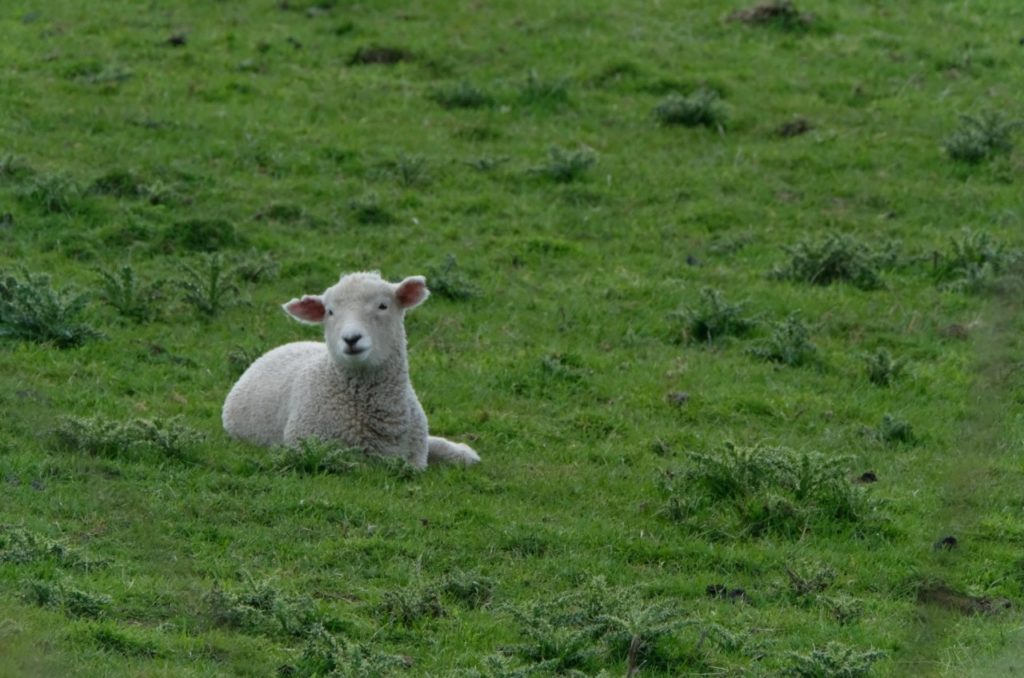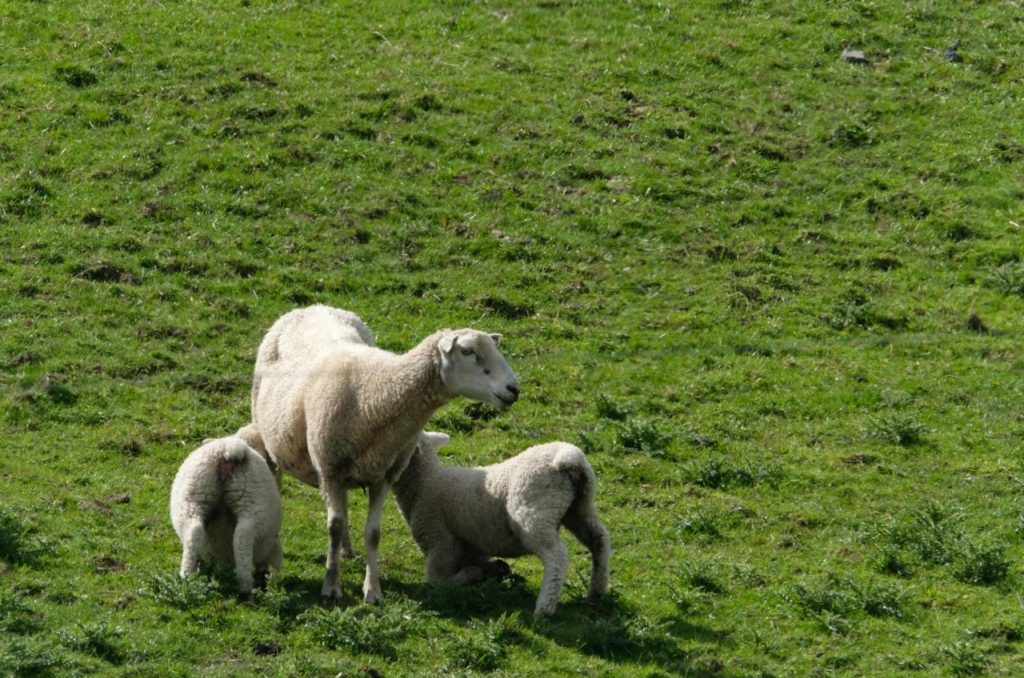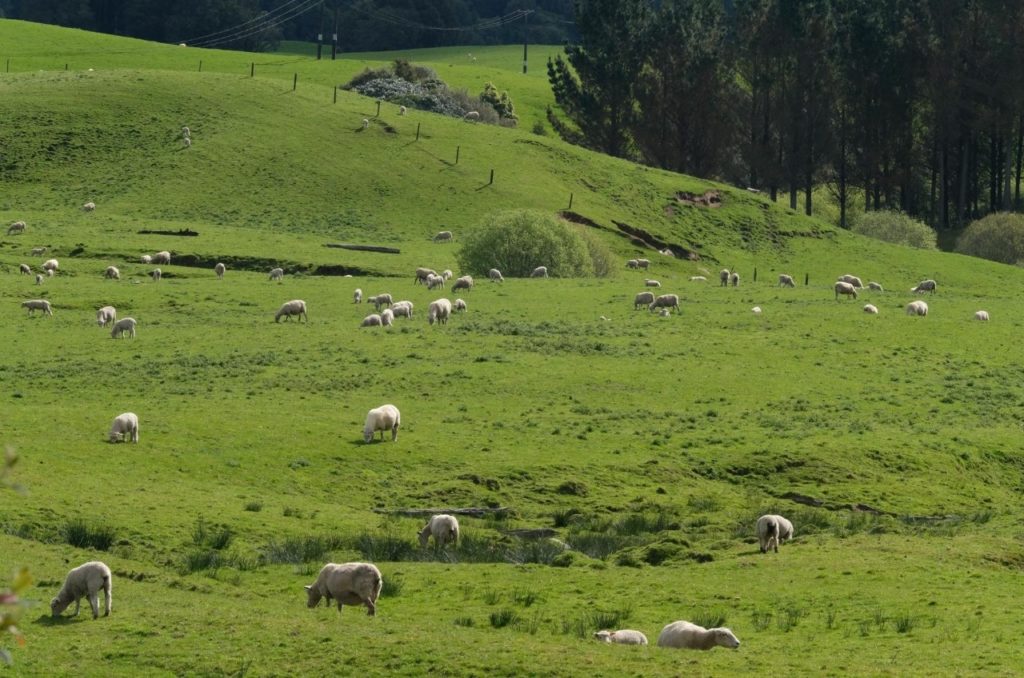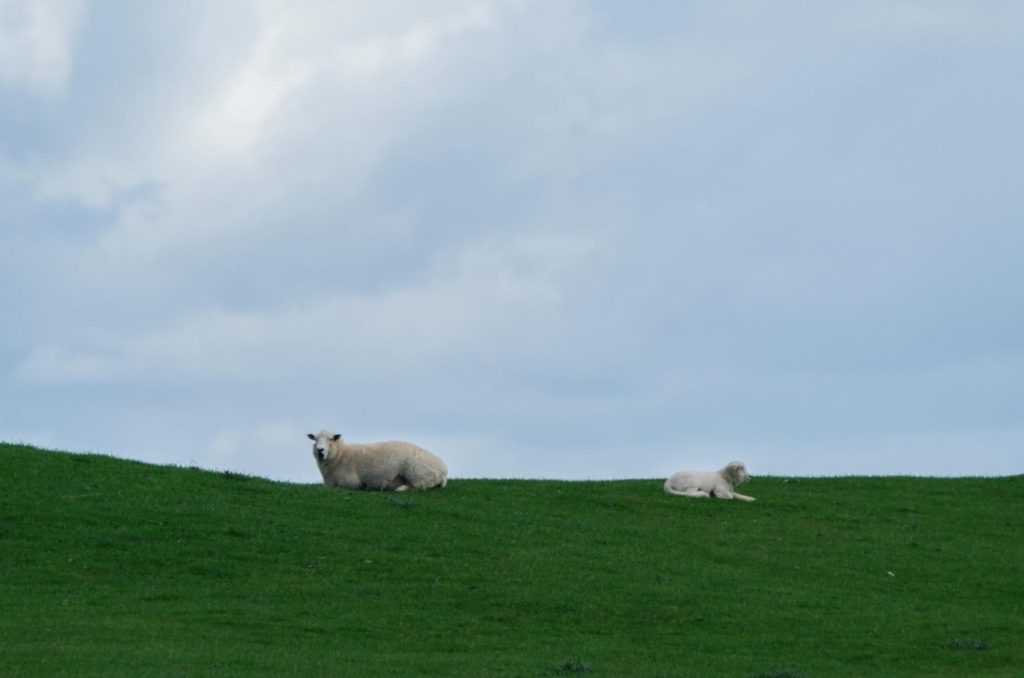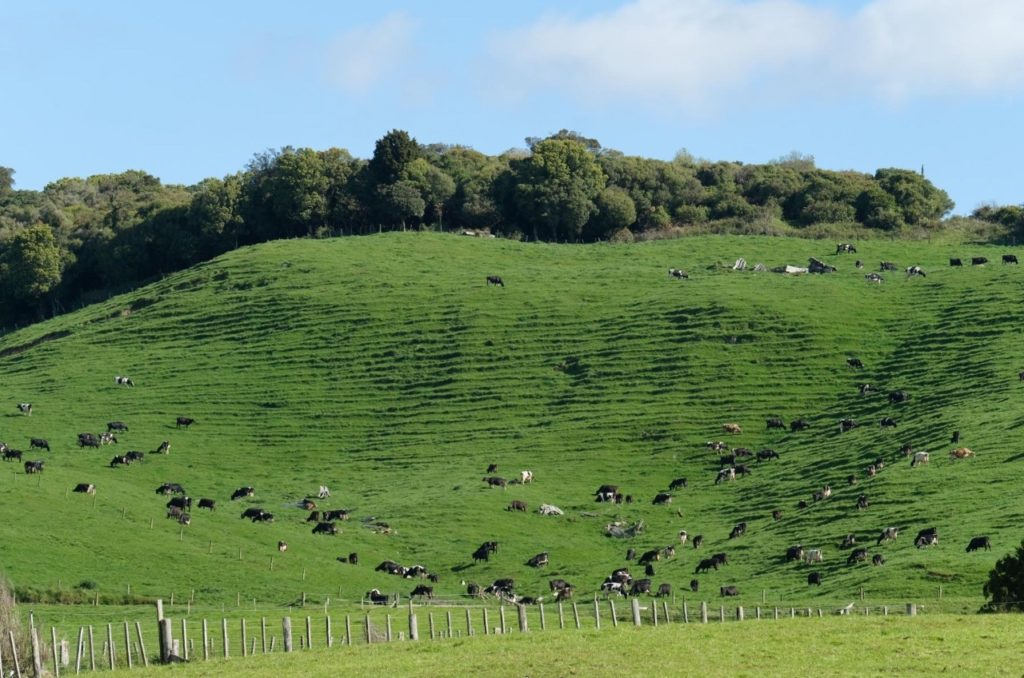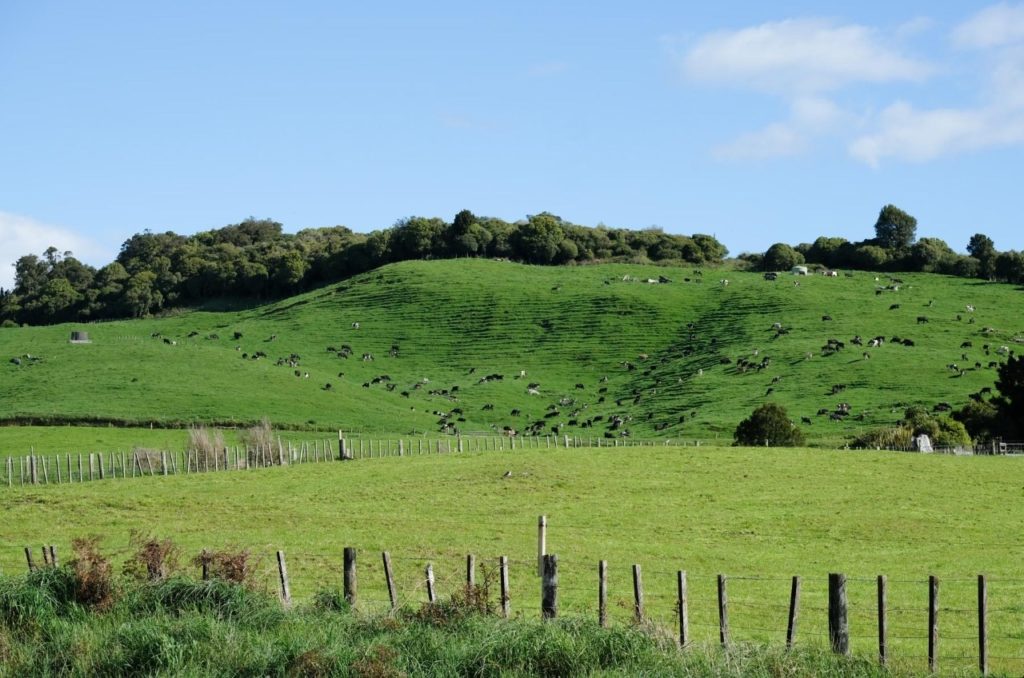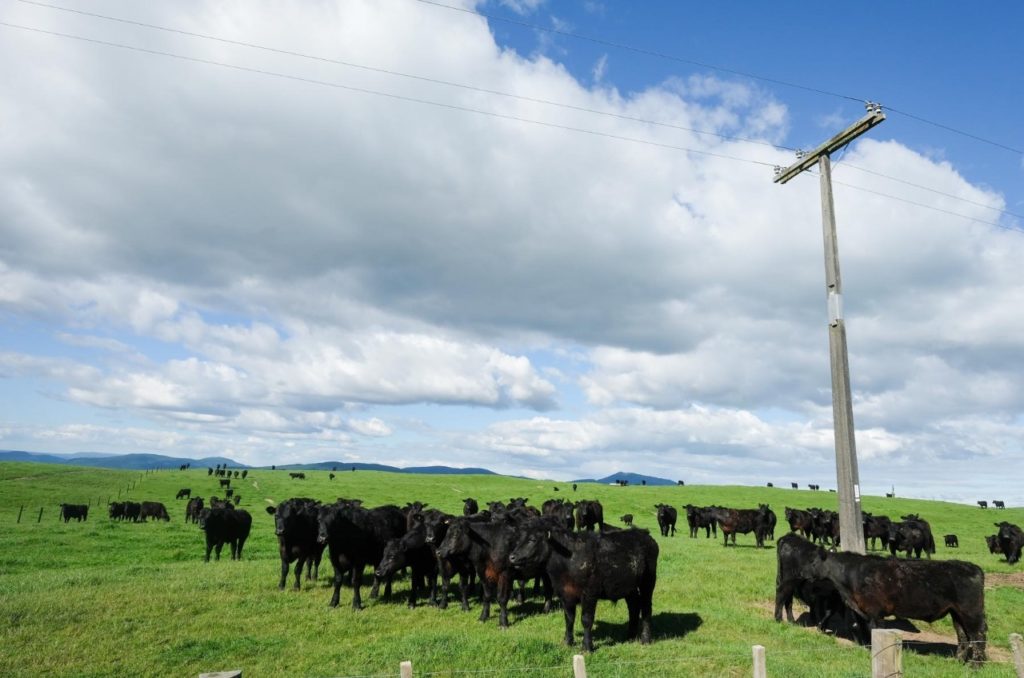Taupo, New Zealand
The big insight for today came over breakfast with our Rotoura hosts Peter and Mike. I mentioned my conversation last night at the Te Puia geyser about Maori relationships with the Pakeha (non-Maori) culture and I wanted to get their reaction to what she said.
She mentioned the Treaty of Waitangi in 1840 between the Maori tribal chiefs and Queen Victoria’s government. The Maori were granted property rights and British citizenship; the British became the sovereign government of New Zealand. There were two versions, one in English and the other in Maori. They differed in both wording and interpretation by both sides. The definition of “ownership” is to this day disputed. Air New Zealand avoids flying over Lake Taupo, where we are this evening, because the Maori claim ownership and demand payment for use of its airspace. The British claimed absolute sovereignty; the Maori assumed they retained rights to manage their own affairs. Disputes have been constant to this day.
That, at least, was my understanding based on reading I did before arriving in New Zealand. I’m interested in finding out how Maori and Pakeha view things today.
The young woman who was our geyser guide (early 20s) is Maori and was educated in the local Maori school. I asked her how she viewed the Treaty. She, quite diplomatically, acknowledged that there have been differences in interpretation. She feels that the Queen Victoria’s government in England was sympathetic toward the Maori and wished to respect Maori rights. The queen’s Representatives in New Zealand weren’t sympathetic and in fact violated the spirit and letter of the treaty. But, she said, relationships between the two have improved greatly in the past 20 or 30 years. The Te Puia complex was built and funded by the New Zealand government and will revert to tribal ownership when it is complete. The Maori language and culture have been saved from extinction.
I mentioned this conversation to Mike and he said (paraphrasing), “Well, let me give you our (i.e. non-Maori) point of view. It’s the Maori who have forced interpretation of the Treaty in their favor. The government has leaned over backward to provide education, health care, employment and programs to further the Maori language and culture. Sure, the Maori are a great boost to tourism but the Maori are in it for the money and as soon as they see a chance to make money they claim tribal rights to a piece of the action.”
“Furthermore,” he went on to say, “Maori culture is quite different from Pakeha culture. Maoris live in a communal society in which all wealth is owned by all. If my TV breaks down and you have money, I can say to you, ‘I need a new TV. Buy it for me.’ The Maori live for today with little concern for the future.”
So, I would conclude, that while Maori/Pakeha relations have improved greatly, that the Maori language and culture are being saved from extinction and the situation in general is much better than in the U.S. and Canada there is still a cultural separation between the two.
I wouldn’t necessarily jump to the conclusion that there is racial/cultural prejudice at work in New Zealand, but the exchanges lead me to believe that points of friction do exist and the two cultures retain their distinctive characteristics.
OK, enough of the cultural stuff. What did we do today? We went on a road trip from Rotoura to Toupo. It’s a trip of maybe 70 km and takes about an hour. We went instead by way of Waitomo where we visited the Glow Worm and Ruakuri caves, driving almost five hours and visiting the caves for over three. And while the glow worms were interesting and the caves in which they live were beautiful the ride through North Island country side was the real highlight of the day. I’ll post pictures of each.
Glow worms are the larva stage of a bug that, when hatched from its pupa stage has no means of eating. It has a three-day life span during which it mates, lays eggs (if it’s a girl bug) and dies. But while it’s a larva it hangs from the ceiling of a cave (or even outside if the conditions are right), lets down a gossamer thread and lights up its body with a phosphorescent glow. The light attracts bugs that become ensnared by the thread. The larva pulls up the thread and its prey. The hungrier the bug, the brighter the light. Seeing them in the cave is like looking up at the Milky Way on a clear night. Beautiful. The caves themselves are very nice but even our guide admitted, in effect, that if you’ve seen one limestone cave with stalagtites and stalagmites, you’ve seen them all.
We continue to be impressed by the New Zealand landscape. almost constant rolling hills, some of them hundreds of feet in height, covered by grass and dotted by sheep, cattle and the occasional pig or goat. I’ve never seen so much grass in my life. We didn’t see any sign of a crop – corn, vegetables or whatever. I read somewhere that New Zealand’s main export product is grass. Sheep and cattle are merely delivery carriers for the grass. I believe it.
Tonight our hotel room is maybe 10 meters from the shore of Lake Taupo. The beach in front of our room is called a warm beach. We watched a couple go to the edge of the lake and scoop out a depression in the sand in which they sat. The sand gave off faint clouds of steam. We were warned not to dig too deep for fear of being scalded by the hot water.
In fact, the floor of our room is heated by hot water from thermal springs as is the soaking pool just outside our room. Speaking of which, it’s time to stop babbling and time to hit the pool to unwind after another great day.

